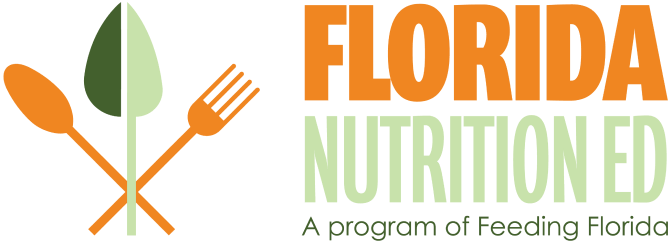Vary Your Protein Routine

Most Americans eat enough from the Protein Foods Group but need to select leaner varieties of meat and poultry. They may also need to increase the variety of protein foods selected and choose meats less often.
Protein Foods include all foods made from:
- seafood
- meat, poultry, and eggs
- beans, peas, lentils
- nuts, seeds, and soy products
Beans, peas, and lentils are also part of the Vegetable Group.

What foods are in the Protein Foods Group?
Protein Foods include all foods made from seafood; meat, poultry, and eggs; beans, peas, lentils; and nuts, seeds, and soy products. Beans, peas, and lentils are also part of the Vegetable Group. To learn more, visit the Beans, Peas, and Lentils page.
Eat a variety of protein foods to get more of the nutrients your body needs. Meat and poultry choices should be lean or low-fat, like 93% lean ground beef, pork loin, and skinless chicken breasts. Choose seafood options that are higher in healthy fatty acids (called omega-3s) and lower in methylmercury, such as salmon, anchovies, and trout.
If you are vegetarian or vegan, the advice to eat meat, poultry, and seafood does not apply to you. Vegetarian protein options include beans, peas, and lentils, nuts, seeds, and soy products.
How much food from the Protein Foods Group should I eat daily?
The amount of protein foods you need depends on your age, sex, height, weight, and physical activity. The amount can also depend on whether or not you are pregnant or breastfeeding.
Most Americans eat enough from the Protein Foods Group but need to select leaner varieties of meat and poultry. They may also need to increase the variety of protein foods selected and choose meats less often.
Find the right amount for you by getting your MyPlate Plan.
What counts as an ounce-equivalent in the Protein Foods Group?
The following examples count as 1 ounce-equivalent from the Protein Foods Group:
- 1 ounce of meat, poultry or fish
- ¼ cup cooked beans
- 1 egg
- 1 tablespoon of peanut butter
- ½ ounce of nuts or seeds
The table below lists amounts that count as 1 ounce-equivalent in the Protein Foods Group towards your daily recommended amount.
Why is it important to select a variety of choices from the Protein Foods Group?
Protein foods provide nutrients important for maintaining your health and body.
Many Americans get the right amount of protein needed from meat, poultry, and eggs, but do not meet the recommendations for seafood or nuts, seeds, and soy products. Meeting this can help increase the amount of important nutrients your body needs, like unsaturated fats, dietary fiber, and vitamin D. It also helps limit the amount of sodium and saturated fats from you get from processed meat and poultry.
Health Benefits
- Proteins function as building blocks for bones, muscles, cartilage, skin, and blood. They are also building blocks for enzymes, hormones, and vitamins. Proteins are one of three nutrients that provide calories (the others are fat and carbohydrates).
- Nutrients provided by various protein foods can differ. Varying your protein food choices can provide your body with a range of nutrients designed to keep your body functioning well. B vitamins help build tissue and aid in forming red blood cells. Iron can prevent anemia. Magnesium helps build bones and supports muscle function. Zinc can support your immune systems.
- EPA and DHA are omega-3 fatty acids found in varying amounts in seafood. Eating 8 ounces per week of seafood may help reduce the risk for heart disease.

Why is it important to eat a variety of seafood each week?
Seafood contains a range of nutrients, notably the omega-3 fatty acids, EPA and DHA. Eating about 8 ounces per week of a variety of seafood, the amount recommended for many adults, as part of a healthy diet, can support health. Some types of fish, such as salmon and trout are also natural sources of vitamin D, a nutrient that many people don’t get enough of.
Seafood varieties commonly consumed in the United States that are higher in EPA and DHA and lower in a type of mercury, in the form of methylmercury, include salmon, anchovies, sardines, Pacific oysters, and trout. The amount of recommended seafood varies based on age, weight, and level of physical activity. The U.S. Food and Drug Administration and the U.S. Environmental Protection Agency provide joint advice to limit methylmercury exposure from seafood for women who might become pregnant or who are pregnant or lactating and young children. Click below to learn advice about eating fish.
Learn More
Vegetarian Choices in the Protein Foods Group
Vegetarians get enough protein from this group as long as the variety and amounts of foods selected are adequate. Protein sources from the Protein Foods Group for vegetarians include eggs (for ovo-vegetarians), beans, peas, and lentils, nuts and seeds (including nut and seed butters), and soy products (tofu, tempeh). For more information on beans, peas, and lentils, click to learn more.
Learn MoreArticle Source:


